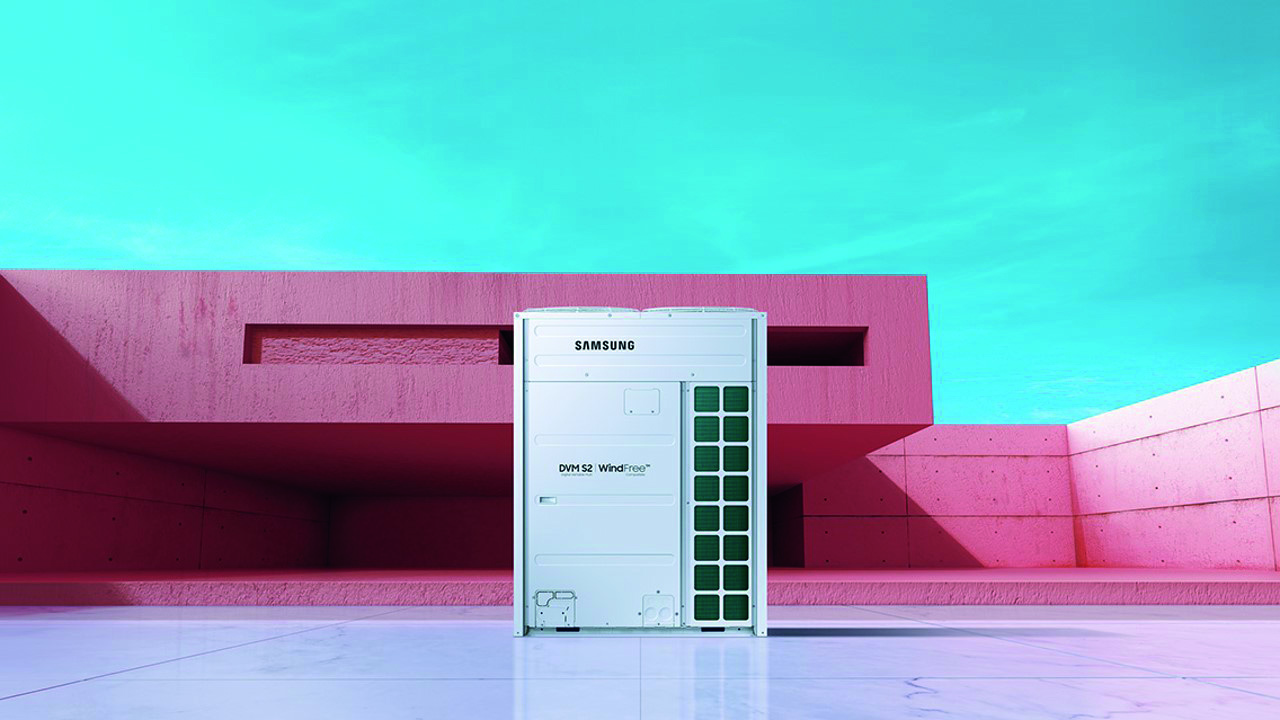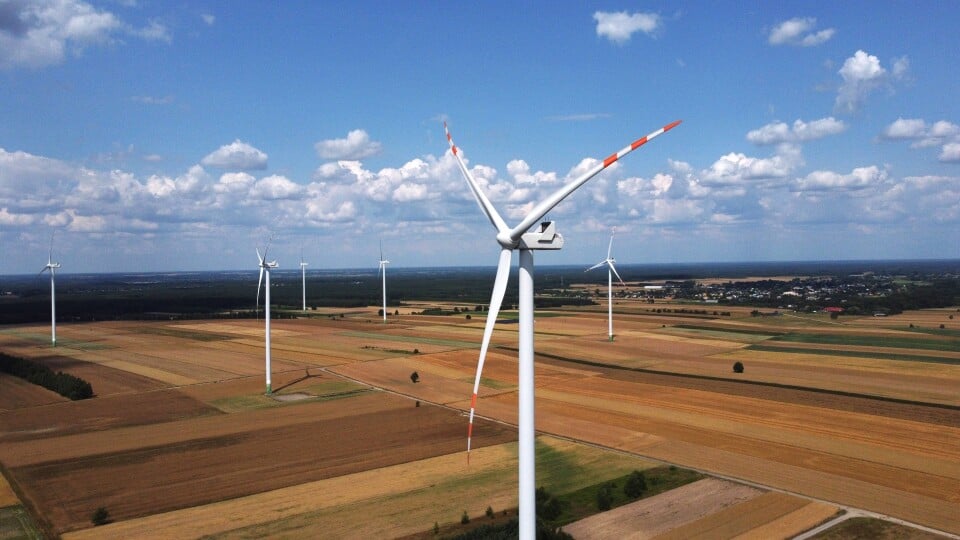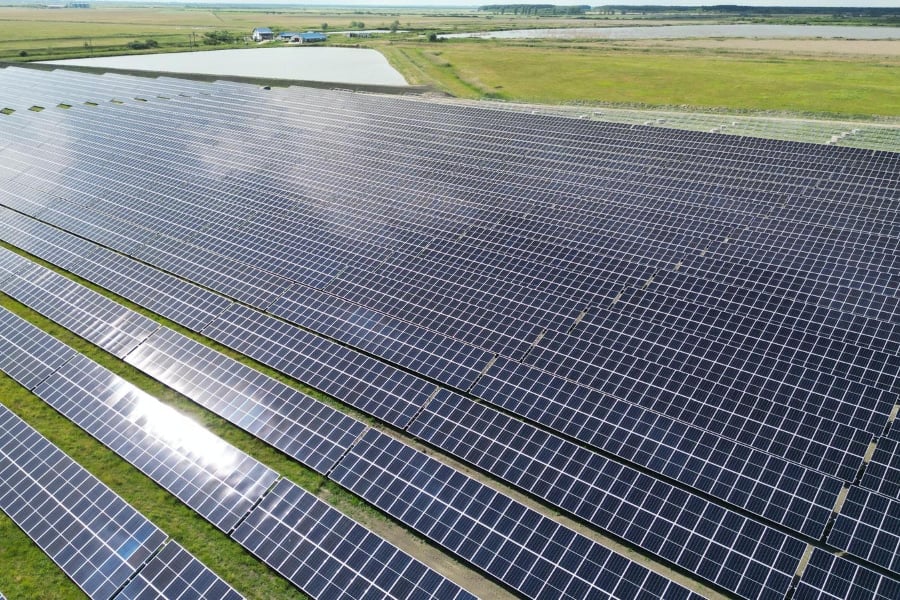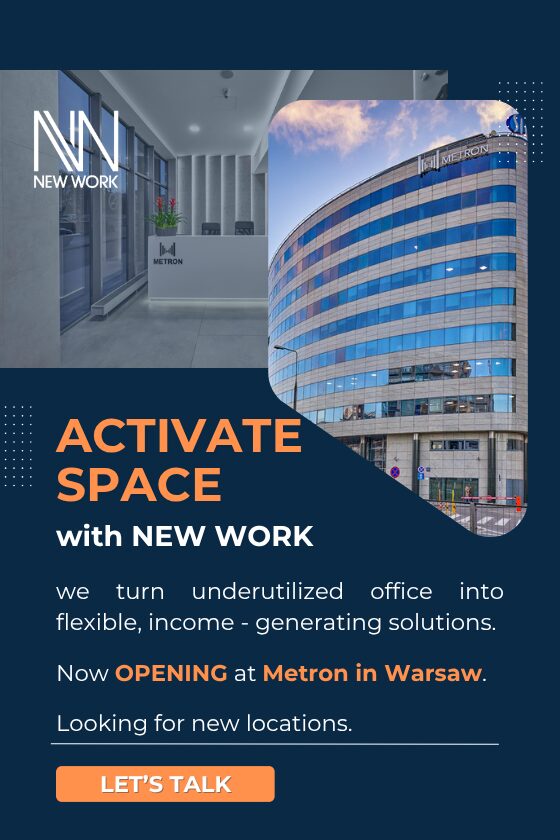Commercial buildings across Europe are entering a period of transformation. As the drive toward NetZero accelerates, professionals in the built environment, from HVAC engineers to architects and facility managers, are expected to navigate a growing framework of local government and EU regulations. The challenge? Meeting the rules, without compromising on comfort, performance or flexibility.
New European rules are raising the bar for building performance. The updated Energy Performance of Buildings Directive (EPBD) sets clear targets: all new buildings are zero-emission by 2030. The average primary energy use of residential buildings needs to be reduced by 16 percent by 2023 and 20-22 percent by 2035. For non-residential buildings, they will need to renovate the 16 percent worst-performing buildings by 2030 and the 26 percent worst-performing buildings by 2033. At the same time, fossil fuel incentives are expected to end by 2025, with a full phase-out of fossil fuel boilers by 2040. At the same time, fossil fuel incentives are expected to end by 2025, with a full phase-out of fossil fuel boilers by 2040.
The F-Gas Regulation (EU) 2024/573 complements this by introducing phased reductions in high-GWP (Global Warming Potential) refrigerants. Depending on the system type and application, new limits will apply as early as 2025, encouraging the use of lower-impact alternatives like R32.
“The shift in regulations is not only influencing refrigerant choices. It’s changing how entire systems are designed, installed and maintained,” says Manni Naderifard, Product Manager Residential and Multifamily at Samsung Climate Solutions. “Our focus is on delivering reliable, versatile solutions that help partners stay prepared for what’s ahead, while maintaining the performance their buildings require.”
This policy environment is pushing a shift in climate control technologies, not by choice, but by necessity.
Split systems: targeted control in compact spaces
Samsung’s Commercial split systems offer a straightforward solution for smaller-scale commercial applications. Available in a variety of formats, including wall-mounted units and 360 cassette models, they are designed for comfort, noise control and compatibility with control systems such as SmartThings Pro4. Certain models use R32 refrigerant, which has a GWP of 675, which is significantly lower than R410A (2088)5. This aligns with future refrigerant requirements without compromising cooling output.
Central cooling with flexibility in mind
For larger installations, such as office complexes or mixed-use buildings, Samsung’s HVM chiller lineup provides centralised cooling with modular design. Using a water-based approach, these systems help reduce on-site refrigerant use. They also support both cooling and heating operations across varying load demands, making them adaptable to seasonal changes. Thanks to their compact footprint and flexible installation options, HVM chillers can be deployed in both new builds and retrofit projects where centralised solutions are preferred.
Ventilation that supports today’s air quality standards
As indoor air quality becomes more regulated, ventilation systems are gaining strategic importance. Samsung’s ERV Plus units recover thermal energy from exhaust air and pre-condition fresh intake air, which contributes to better indoor comfort while helping reduce load on the primary HVAC system. This is particularly valuable in energy-conscious building design, where heat loss and air exchange rates are closely monitored.
Adaptive comfort for multi-zone buildings
In commercial buildings with varied usage patterns, such as hotels, schools, or healthcare facilities, VRF (Variable Refrigerant Flow) systems provide a way to optimise indoor climate across multiple zones. DVM S2 series supports simultaneous heating and cooling and integrates with advanced indoor units, including 1-way cassettes and concealed duct models.
For light commercial environments, the DVM S Mini R32 offers a compact solution that meets IEC 60335-2-40 safety standards. It uses R32 refrigerant and includes features such as Silent Mode, with a tested sound level of 35 dB(A) measured 3 metres from the front of the outdoor unit under standard conditions. Additional functionalities include AI-driven indoor climate adjustment and integration with b.IoT Lite, enabling remote monitoring and simplified control across connected systems10.
Keeping control simple
With complexity increasing across HVAC infrastructures, control systems play a critical role in simplifying day-to-day operation. Samsung’s SmartThings Pro and b.IoT Lite platforms allow building operators to monitor temperatures, schedule system behaviours, and optimise runtime, all from a central interface11. Real-time data insights enable more responsive decision-making, particularly in buildings with multiple systems, tenants, or climate zones.
Ready for tomorrow, starting today
With environmental policies evolving and NetZero deadlines approaching, commercial building projects can no longer rely on traditional HVAC setups. Whether you’re renovating or building new, system choices can affect long-term compliance. Samsung’s lineup of commercial splits, HVM chillers, VRF systems, and advanced control tools offers a portfolio of adaptable solutions that align with the regulatory direction of the European market.
“Flexibility is now just as crucial as efficiency in commercial HVAC,” says Manni Naderifard, Product Manager Residential and Multifamily at Samsung Climate Solutions. “We’re developing systems that can adapt to new requirements, without making it harder for installers or building managers.”
By considering tomorrow’s requirements today, decision-makers can ensure that comfort, functionality, and regulatory readiness go hand in hand.







